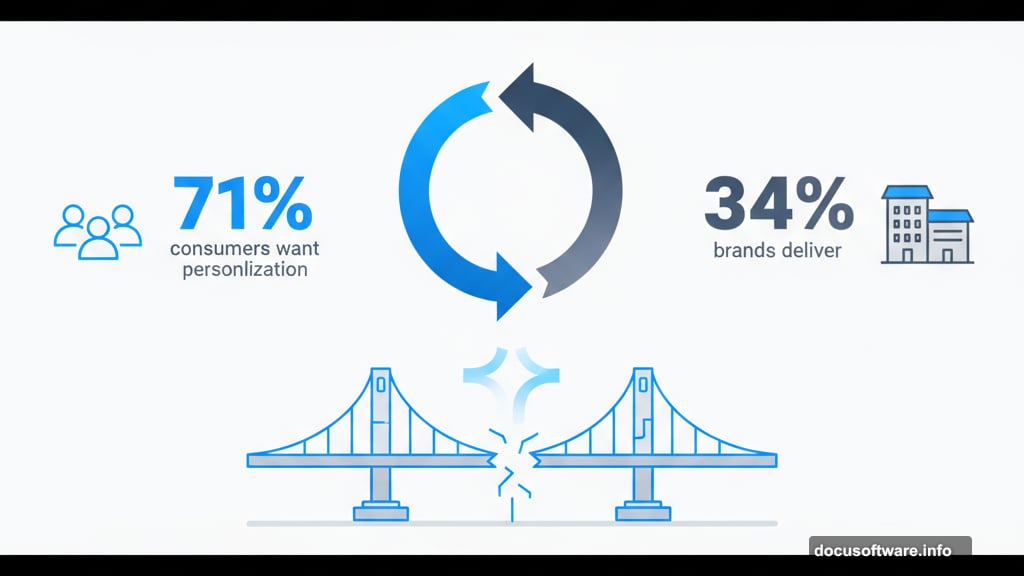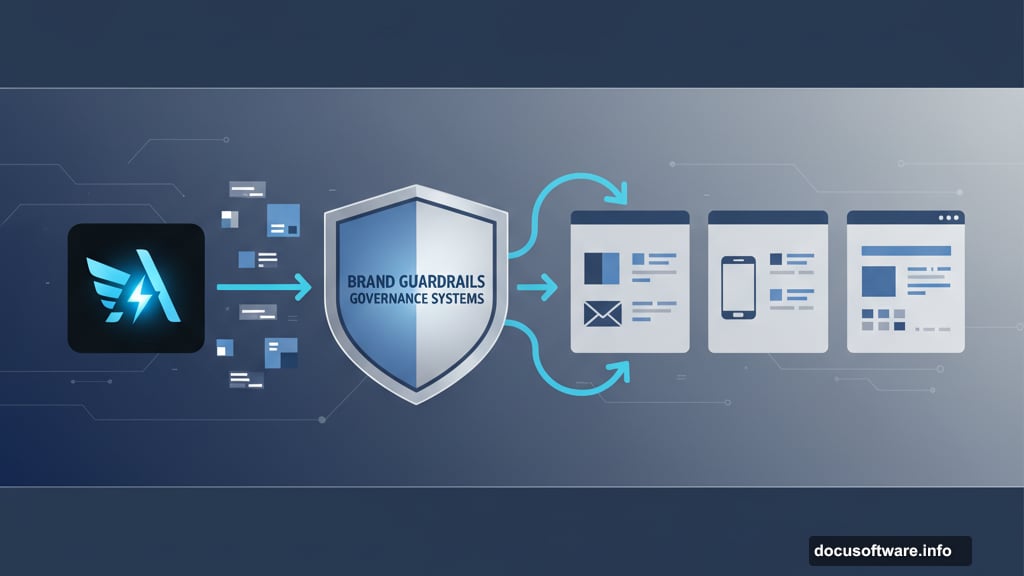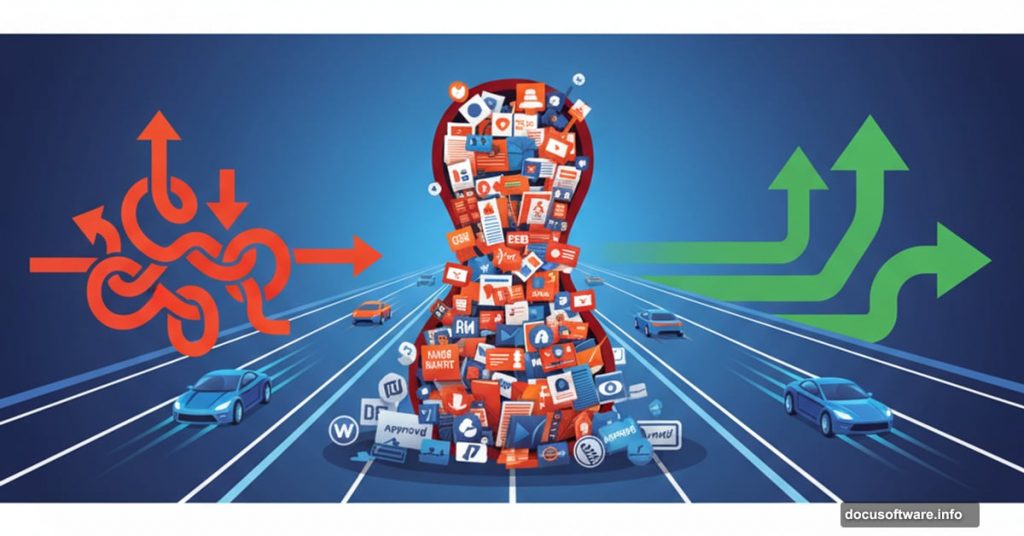Adobe Summit just wrapped in Vegas. The biggest takeaway wasn’t another AI announcement. It was something simpler and more urgent.
Most marketing teams are drowning in content creation bottlenecks. Meanwhile, competitors who solved this problem are pulling ahead fast. So let’s break down what actually matters from Summit and what you need to act on today.
Content Creation Still Kills Marketing Velocity
Everyone talks about AI-generated content. But here’s what Adobe’s sessions made clear: The real problem isn’t creating content. It’s creating content that stays on-brand, gets approved quickly, and actually converts.
Adobe announced new Firefly capabilities that turn images into videos. Cool tech. But it doesn’t solve the workflow nightmare most teams face. You know the one—where a simple email takes two weeks because five people need to review it.
The Milwaukee Bucks figured this out. They implemented dynamic content systems that let them personalize communications at scale. Results? Higher open rates, better engagement, and way less time wasted on manual work.
Here’s the pattern we saw across successful brands: They focused less on tools and more on removing bottlenecks. That means building guardrails that keep content on-brand automatically instead of through endless review cycles.
Personalization Finally Matters More Than Hype
Adobe’s CMO Lara Balazs hammered home a stat that should worry marketers: 71% of consumers want personalized experiences, but only 34% of brands deliver.
That gap isn’t closing because most teams lack tools. It’s because personalization at scale requires systematic workflow changes. Plus, nobody has time to manually customize every touchpoint.
Modern personalization means meeting customers where they are—not just slapping their name in an email. It requires understanding buying stage, needs, and context. Then delivering relevant content across channels consistently.
The brands winning at this don’t use more marketing tools. Instead, they use systems that make personalization repeatable and scalable. That’s the difference between aspiration and reality.
AI Integration Needs Guardrails, Not Just Capabilities
Summit showcased Adobe’s new AI agents for audiences, journeys, and data insights. Impressive tech. But Executive VP Anil Chakravarthy’s message was more nuanced: AI works best when integrated into structured workflows with clear guardrails.
The AI market hits $8 billion in 2025. Everyone’s implementing it somewhere. Yet the most successful implementations we saw at Summit shared common traits. They combined AI capabilities with brand governance systems that prevent off-brand disasters.

Think about it. AI can generate email copy in seconds. But without guardrails ensuring brand voice consistency, you’ve just automated the creation of content that still needs manual review. That’s not efficiency. That’s just faster chaos.
CoSchedule reports 85% of marketers actively use AI for content creation. Nine out of 10 plan to increase usage this year. So the question isn’t whether to adopt AI. It’s how to implement it without sacrificing brand integrity or creating new bottlenecks.
Brand Voice Remains Your Competitive Advantage
Here’s what got lost in all the AI buzz: Strong brand voice still drives success. Technology helps you scale. But authentic messaging creates differentiation.
Splice CEO Kakul Srivastava put it perfectly in a recent interview: AI should assist human creativity, not replace it. The brands thriving right now blend AI efficiency with human-driven creative strategy.
This means investing in tools that empower brand guardians to work effectively. No-code platforms. Drag-and-drop modules. Built-in governance that keeps everyone on-brand automatically. These aren’t nice-to-haves anymore. They’re essential for maintaining brand consistency while moving fast.
Marketing teams succeed in 2025 by prioritizing workflow efficiency that supports creative excellence. Not by choosing between speed and brand quality.
Moving Beyond AI Experiments to Real Implementation

Summit made one thing crystal clear: The experimentation phase is over. Companies that haven’t moved AI from pilot projects to full-scale implementation are falling behind.
This doesn’t mean adopting every AI tool you see. It means strategically integrating AI where it solves real problems. Content generation. Personalization. Analytics. Campaign optimization. Pick your battles based on actual bottlenecks, not hype.
The future isn’t just solving technology problems. It’s addressing the people and process challenges that make marketing operations complex. Email creation, landing page development, campaign workflows—these areas need systematic improvement, not just better tools.
What This Actually Means for Your Team
Adobe Summit revealed a shift in marketing priorities. Success in 2025 depends less on having the newest AI tools and more on building efficient systems that leverage those tools effectively.
Focus on removing bottlenecks in your content supply chain. Implement guardrails that maintain brand consistency automatically. Adopt AI where it genuinely accelerates work without creating new review cycles.
The brands winning right now aren’t necessarily the most innovative. They’re the ones who fixed their broken workflows first. Then they added smart technology to scale what already worked.
Your move.
